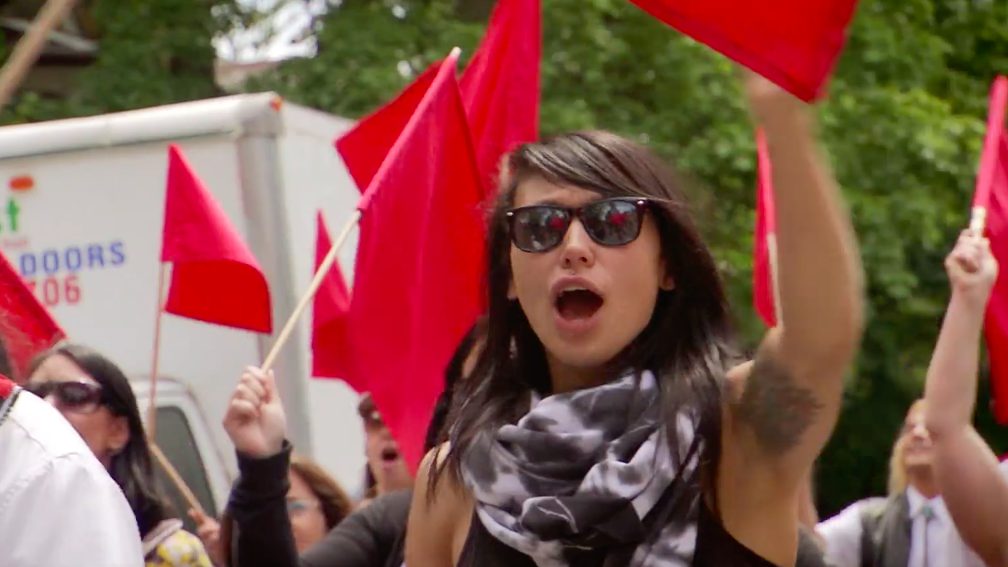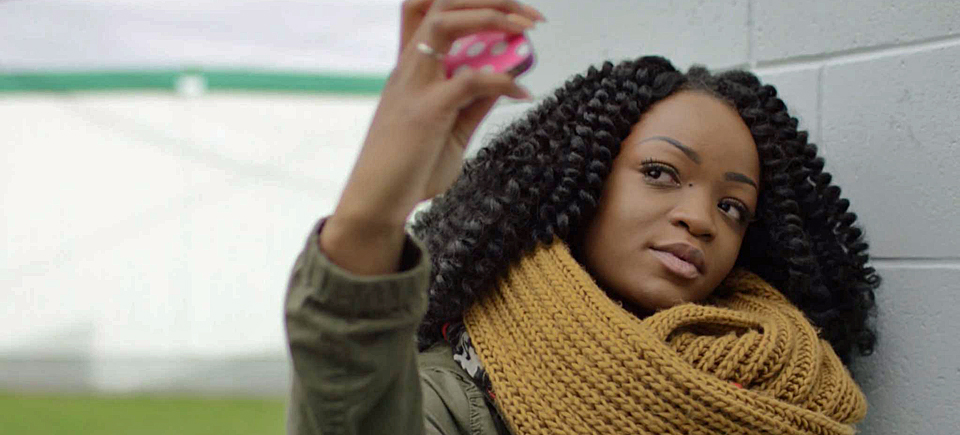How the NFB makes films
Note: Due to some glitches during my vacation, this post was published and then taken down. This is the official version. Just to avoid any confusion…
***
“What’s the NFB workflow for developing and producing films?”
To answer this question, I sat down with Michelle van Beusekom, Assistant Director General of the English Program. She works on programming strategy, analysis, and planning for the department’s 7 English-language production centres which are spread across the country.
The most important thing to realize about the Film Board is that we’re a public producer: we’re not a funding agency and we’re not a broadcaster. As a public producer, we combine a focus on craft, storytelling and innovation as well as social impact.
We work with a wide range of creators — filmmakers and other media artists — in the production of POV documentaries, auteur animation and original interactive digital content for all platforms including mobile and the Web. We’re involved as creative producers along the entire process, from inception to completion.
There are 3 ways in which projects get underway:
- Some projects come to us as formal written proposals. For people who don’t know us already, this is a good means of initial contact. If the idea and approach seem like a good match for us, we’ll set up a meeting.
- Some projects are born out of conversations between our producers and directors and/or independent producers. Either a director or indie producer will bring an idea for a project to an NFB producer or things may come out of an extended conversation about a particular topic of shared interest and how that might be treated as a film/new media project.
- Some project ideas are initiated internally. A producer is deeply intrigued by an issue, event or idea and starts building a team to research the topic and test its potential as a film/new media project.
About 60% of our projects are co-pros (meaning we put in up to 49% of the financing and the indie producer raises the rest typically through broadcast licenses, broadcaster CTF envelope and tax credtis). The other 40% are full NFB productions (meaning we finance the entire production and retain 100% of the copyright).
In both models our role is as a creative producer, closely involved in all aspects of the project from conception to completion. We have 7 production studios across the country with in-house production staff (exec producers, producers, coordinators, studio administrators, post production coordinators) and editing suites.
Project specific staff (directors, cinematographers, sound people, editors, etc) are hired on contract either by us or the co-producer for individual productions.
We complete between 40-50 films a year. That includes a balanced mix of POV documentaries, auteur animations and an increasing number of original digital projects.
About twice a month studios hold programming meetings where producers go around the table with the projects they have on their radar. Decisions are made about which projects seem to have the strongest creative potential and make the best fit with the studio’s current mix of projects. Those projects will typically be put into a formal development stage.
At the end of development, if the studio exec producer thinks the project still meets our creative and other goals, it gets presented at our national programming group which meets every two weeks. The final decision on whether to move ahead with the production of the project is taken by the head of English Program.
So what informs our decisions, you ask?
Creative vision is key. We’re looking to work with people who understand their medium and craft. There needs to be a strong director vision, creative use of the medium, a strong sense of story, a clear point of view and a clear sense of what they want to communicate.
And who is the story for? Who is the intended audience? We have a very clear mandate to tell stories from a Canadian point of view that reflects Canada and the world back to Canadians and an international audience. Telling stories that are relevant to a Canadian audience is also key.
And there are other factors we look at when deciding which projects to produce/coproduce. We’ll look at our overall genre mix between doc, animation and new media to make sure there’s a good balance. We’ll look at where our projects are coming from to ensure we’re telling stories from across the country and from a range of big and small communities on a wide range of topics.
We’ll look at who are the storytellers we’re working with: we want to reflect a broad range of perspectives and voices: women, men, aboriginal peoples, people from diverse cultural backgrounds. We want to work in a broad range of filmmaking and storytelling styles. And then of course there’s the money. Our resources are limited so, in practical terms, this means there will be some great ideas that come our way that we won’t be able to produce/coproduce.
We work with professional filmmakers and new media creators-a range of established, mid-career and emerging creators. In all cases we’re looking for demonstrated talent and vision through previous work (in the case of an emerging creator this might be something you made independently or in film school that has been traveling well on the festival circuit).
If you think you meet this criteria, and if you’re interested in working with us, you should check out our newly revised guidelines.




would you kindly let me know what recent NFB documentaries received funding from the Filmmaker Assistance Program?
Thank you.
Hi. I’m not personally equipped to answer that question, but you can contact our customer service department (clientservices@nfb.ca) and they’ll be able to point you in the right direction. That said, most of the films on our site that were made with assistance from one of our emerging filmmaker programs have a note indicating that fact on the site, in the film’s description.
I am an emerging creator. I am a film sutdies student at Wilfred Laurier University with a concept for a powerful documentary. Who should I contact regarding this project?
@Mark Rushton – Great quote. Thanks.
Great post, Julie. Nice to get a picture of how things work from the inside.
Also let me share something I found today from Director Terry Gilliam:
“What advice would you offer to aspiring filmmakers?
TG: Talent is less important in filmmaking than patience. If you really want your films to say something that you hope is unique, then patience and stamina, thick skin and a kind of stupidity. A mule-like stupidity is what you really need.”
http://edition.cnn.com/2009/SHOWBIZ/Movies/07/03/terry.gilliam.parnassus.ledger/index.html